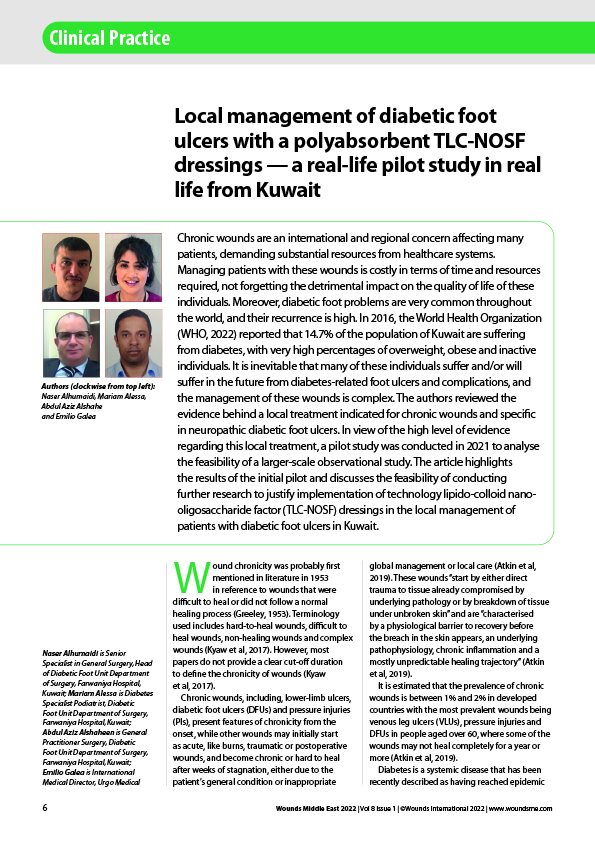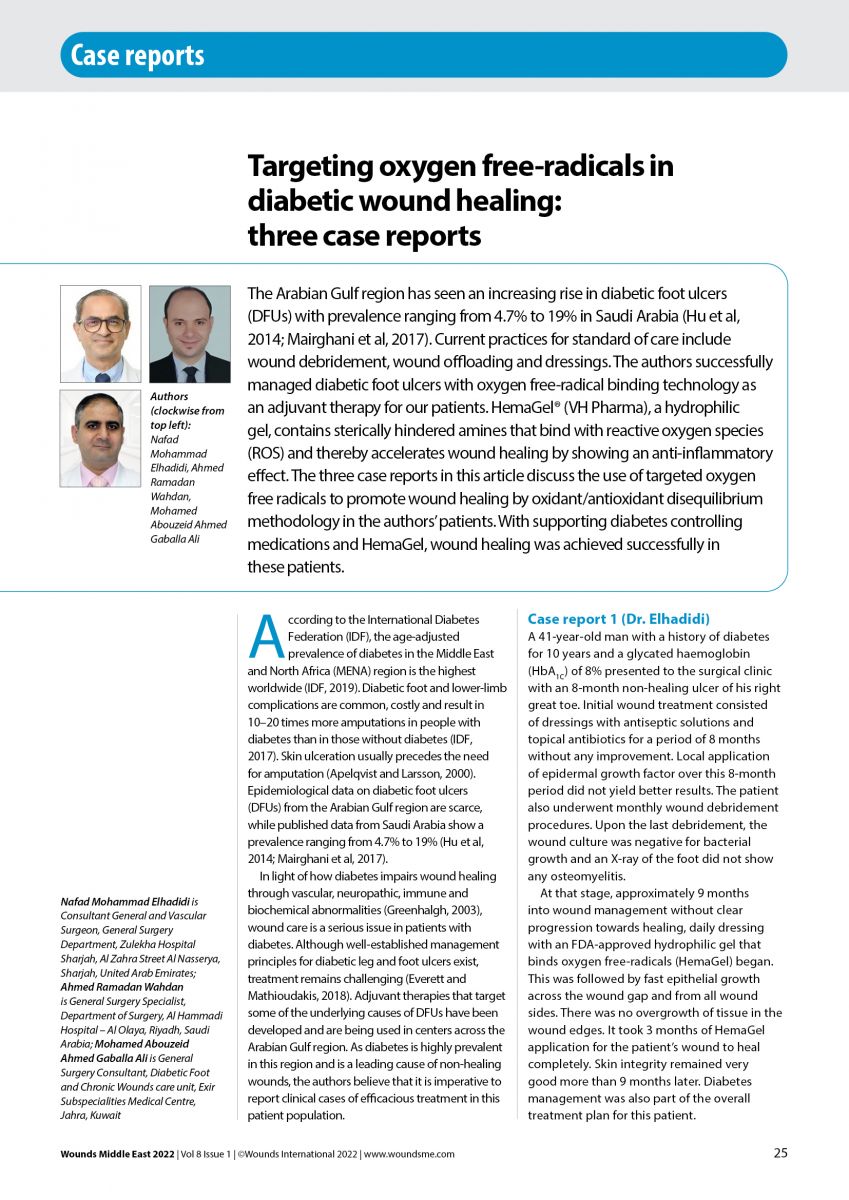Falls in people with diabetes are a major problem, with feelings of
unsteadiness, associated psychosocial effects and direct physical
consequences. Sensory and motor neuropathy affecting the foot
and lower limb are major contributory factors to gait impairments,
subsequent unsteadiness and increased falls risk. Patients’ perception of
their unsteadiness measured using a sensitive scale matches well with
gait laboratory assessment of unsteadiness, with clinical implications. A
patient with an active foot ulcer has an increased risk of falling compared
to a comparable patient without an active ulcer, with offloading footwear
likely implicated. Podiatry and footwear interventions may help to
reduce falls risk, with neuropathy and foot screening being particularly
important for patients with diabetes.





